Gold Manipulator JP Morgan Still Influential at LBMA & COMEX
With a group of former JP Morgan precious metals traders currently on criminal trial in front of a federal jury in Chicago, accused of engaging in a racketeering conspiracy involving precious metals price manipulation, commodities fraud and trade spoofing, while another group of their colleagues have already pleaded guilty, now is a good time to ask how the bank JP Morgan is still considered fit and proper to not only continue to trade in the precious metals markets, but to continue to literally dominate the entire precious metals industry in London, Singapore and New York, with the support of the London Bullion Market Association (LBMA), the Singapore Bullion Market Association (SBMA) and the CME Group (operator of the COMEX and NYMEX).
While JP Morgan made a deferred prosecution deal with the US Department of Justice (DoJ) and Commodity Futures Trade Commission (CFTC) in 2020 and admitted wrongdoing for the criminal conduct of numerous JP Morgan traders and sales personnel on the bank’s precious metals desk located in London, Singapore, and New York, while paying US$ 920 million in the form of a criminal monetary penalty, criminal disgorgement, and victim compensation in relation to this criminal precious metals scheme, the LBMA and SBMA and CME Group (owner of COMEX), as you will see below, continue to not only welcome the proven criminal bank JP Morgan with open arms, but to allow JP Morgan to operate at the highest levels of each organisation.
Ongoing Trial of Nowak & Co
The current criminal trial, which kicked off on Friday 8 July 2022, with the US DoJ and CFTC as prosecution, accuses Michael Nowak (former head of JP Morgan’s precious metals trading desk), Gregg Smith (former JP Morgan precious metals trader) and Jeffery Ruffo (former JP Morgan precious metals salesman) of being involved in a criminal enterprise that entered and cancelled thousands of fake precious metals futures orders (deceptive orders) for gold, silver, platinum and palladium futures contracts traded on COMEX and NYMEX between March 2008 and August 2016 in order to manipulate precious metals prices as well as manipulate barrier options based on the futures prices.
A fourth former JP Morgan precious metals trader, Christopher Jordan, who left JP Morgan in December 2009, is also accused of similar crimes by the DoJ and will be tried separately.
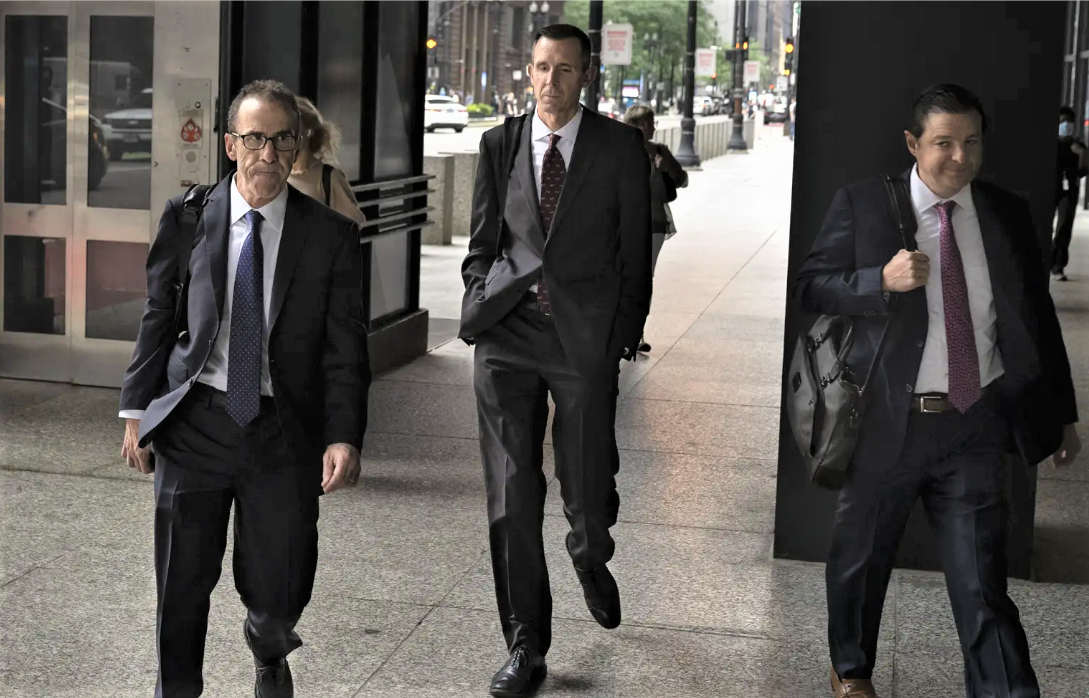
The Nowak – Smith – Ruffo trail is being presided over by Edmond E. Chang, United States District Judge. Unbelievably (or maybe not), Nowak’s defense lawyer in the trial is none other than David Meister, who from 2010 – 2013 was the CFTC’s Director of Enforcement, and who was at the CFTC during the chairmanship of Gary Gensler during which time the CFTC did a 5 year investigation into precious metals price manipulation, and then shut down the investigation claiming it had found no evidence of manipulation. That could explain why Meister is called “the Gensler Whisperer" by lawyer profile experts Chambers.
At the time the indictment of Nowak, Smith and Jordan was unsealed in September 2019, US Assistant Attorney General Brian A. Benczkowski at the DoJ said:
“The defendants and others allegedly engaged in a massive, multiyear scheme to manipulate the market for precious metals futures contracts and defraud market participants.”
In the current trial of Nowak, Smith and Ruffo, the US Government is calling two other former JP Morgan precious metals traders as witnesses for the prosecution, namely John Edmonds, Christian Trunz, and one colleague of Gregg Smith’s who worked with him at Bear Stearns, namely Corey Flaum.
Edmonds and Trunz have already pleaded guilty to their roles in the JP Morgan criminal scheme, and Flaum has already pleaded guilty to manipulating precious metals prices via COMEX futures between 2007 and 2016.
As of the time of writing, John Edmonds, Corey Flaum and Christian Trunz have all just testified to the federal jury in the Nowak – Smith – Ruffo trial. See here for Edmonds testimony, here for Flaum’s testimony, and here for Trunz’s testimony. The earlier guilty pleas of Edmonds, Trunz and Flaum were as follows:
On 9 October 2018, John Edmonds pleaded guilty to “commodities fraud and a spoofing conspiracy in connection with his participation in fraudulent and deceptive trading activity in the precious metals futures contracts markets”.
Edmonds admitted that:
“from approximately 2009 through 2015, he conspired with other precious metals traders at the Bank to manipulate the markets for gold, silver, platinum and palladium futures contracts traded on the COMEX and NYMEX.”
Notably, Edmonds also:
“admitted that he learned this deceptive trading strategy from more senior traders at the Bank, and he personally deployed this strategy hundreds of times with the knowledge and consent of his immediate supervisors.”
On 25 July 2019, Corey Flaum (who worked with Gregg Smith at Bear Sterns before Smith moved to JP Morgan) pleaded guilty to attempted commodities price manipulation and admitted that:
“between approximately June 2007 and July 2016, [he] placed thousands of orders to manipulate the prices of gold, silver, platinum and palladium futures contracts traded on COMEX and NYMEX.”
Corey Flaum worked at Bear Stearns from 2006 until 2008, and then worked at Scotia Capital from 2010 until 2016.
On 20 August 2019, Christian Trunz, “a former precious metals trader at the London, Singapore and New York offices of JP Morgan” pleaded guilty to conspiracy and spoofing charges. Trunz also admitted that:
“between approximately July 2007 and August 2016, [he] placed thousands of orders that he did not intend to execute for gold, silver, platinum and palladium futures contracts traded on the NYMEX and COMEX).”
Notably, the DoJ says that Trunz admitted that he:
“learned to spoof from more senior traders, and spoofed with the knowledge and consent of his supervisors.”
Trunz is interesting in that he worked at various times in all three locations that JP Morgan’s global trading desk spans, i.e. London, Singapore and New York.
The guilty please of Edmonds, Flaum and Trunz over 2018 – 2019 then allowed the US Department of Justice to move forward with its indictment of Michael Nowak, Gregg Smith and Christopher Jordan, an indictment which was filed on 22 August 2019, and then unsealed on 16 September 2019. In fact, the Nowak – Smith – Jordan indictment was filed only 2 days after Trunz had pleaded guilty.
In its indictment statement of Nowak, Smith and Jordan, the US DoJ said that:
“between approximately May 2008 and August 2016, the defendants [Nowak, Smith and Jordan] and their co-conspirators were members of JP Morgan’s global precious metals trading desk in New York, London and Singapore with varying degrees of seniority and supervisory responsibility over others on the desk.
As it relates to the RICO conspiracy, the defendants and their co-conspirators were allegedly members of an enterprise – namely, the precious metals desk at JP Morgan – and conducted the affairs of the desk through a pattern of racketeering activity, specifically, wire fraud affecting a financial institution and bank fraud.
The indictment alleges that the defendants engaged in widespread spoofing, market manipulation and fraud while working on the precious metals desk at JP Morgan through the placement of orders they intended to cancel before execution (Deceptive Orders) in an effort to create liquidity and drive prices toward orders they wanted to execute on the opposite side of the market.
In thousands of sequences, the defendants and their co-conspirators allegedly placed Deceptive Orders for gold, silver, platinum and palladium futures contracts traded on the NYMEX and COMEX.”
On 14 November 2019, the US DoJ then filed a superseding indictment, which added Jeffery Ruffo to the racketeering conspiracy, along with Nowak, Smith and Jordan.
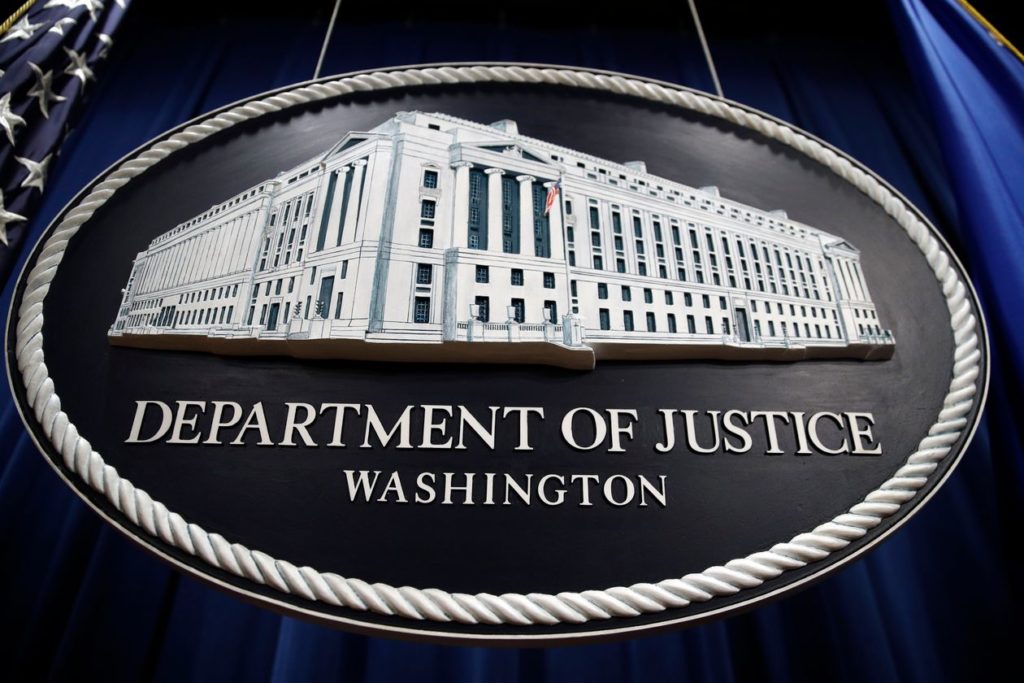
Then on 29 September 2020, the DoJ announced a bombshell, namely that JP Morgan had agreed to a Deferred Prosecution Agreement (DPA) with the DoJ, specifically that JP Morgan had:
“entered into a resolution with the Department of Justice to resolve criminal charges related to …tens of thousands of episodes of unlawful trading in the markets for precious metals futures contracts” and agreed to “pay over $920 million in a criminal monetary penalty, criminal disgorgement, and victim compensation”.
In the DoJ statement from 29 September 2020, Assistant Director William F. Sweeney Jr of the FBI’s New York Field Office said that”
“For nearly a decade, a significant number of JP Morgan traders and sales personnel openly disregarded U.S. laws that serve to protect against illegal activity in the marketplace.”
“According to admissions and court documents, between approximately March 2008 and August 2016, numerous traders and sales personnel on JPMorgan’s precious metals desk located in New York, London, and Singapore engaged in a scheme to defraud in connection with the purchase and sale of gold, silver, platinum, and palladium futures contracts (collectively, precious metals futures contracts) that traded on the COMEX and NYMEX.”
In the Deferred Prosecution Agreement (DPA), “JPMorgan” was defined as “JP Morgan and its subsidiaries JPMorgan Chase Bank, N.A. (JPMC), and J.P. Morgan Securities LLC (JPMS) and their subsidiaries and affiliates, and their officers, directors, employees and agents.”
The DoJ statement from 2020 also referred to the next stage of the investigation, saying that the DOJ “obtained a superseding indictment” against Nowak, Smith, Jordan and Ruffo which charges them “for their alleged participation in a racketeering conspiracy and other federal crimes in connection with the manipulation of the precious metals futures contracts markets”.
Which illustrates nicely for those who might not know that the ongoing trial of Nowak, Smith and Ruffo in July 2022 is part of the same criminal investigation which JP Morgan bought its way out of for US$ 920 million in 2020.
Which brings us right back to the central question, a.k.a. the elephant in the room, which is, given that JPMorgan’s precious metals desk located in New York, London, and Singapore was manipulating the prices of gold, silver, platinum and palladium for more than 8 years between 2008 to 2016, then why is JP Morgan still even allowed near the precious metals markets in London, Singapore and New York, let alone allowed to dominate these markets with the blessing of the organizations which administer these markets, namely the LBMA and SBMA and COMEX?
London – JP Morgan and the LBMA
Let’s take a look at what I mean.
Despite its criminal activities and precious metals price manipulation, JP Morgan is still one of the most powerful members of the London Bullion Market Association (LBMA) and one of the most dominant banks active in the London gold and silver and platinum and palladium markets.
Despite its crimes and manipulations, there are currently (as of July 2022) three JP Morgan entities that are members of the LBMA. These entities are JP Morgan Chase Bank which is a Market making member of the LBMA, JP Morgan Securities Plc which is a full member of the LBMA, and JP Morgan AG (Germany) which is also a full member of the LBMA.
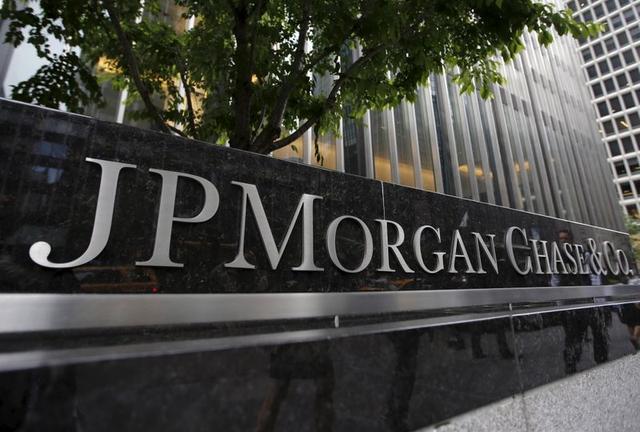
Not only that, but JP Morgan Chase Bank is one of the 7 Full LBMA Market Makers, and it quotes gold and silver prices in all three LBMA OTC products, which are Spot, Forwards, and Options.
JP Morgan Chase Bank NA (London branch) is also one of 16 direct participants in the daily LBMA Gold Price auctions, auctions which set a gold price which is used daily in everything from ETF valuations, to mine sales contracts, to valuing billions of dollars of derivatives contracts, such as swaps and options.
Similarly, JP Morgan Chase Bank NA (London branch) is also one of 13 direct participants in the daily LBMA Silver Price auctions.
But there’s more, JP Morgan is one of only 4 members of London Precious Metals Clearing Limited (LPMCL) , a private company which runs the entire paper precious metals clearing system in London. In fact, JP Morgan was one of the founding members of LPMCL in 2001. See the BullionStar article here for background.
There are 2 current active directors of LPMCL from JP Morgan, namely Mark Amlin and Andrew Lovell.
In fact, LPMCL’s correspondence address is at the LBMA’s headquarters at 7th Floor, 62 Threadneedle Street in the City of London, i.e. the LBMA and LPMCL share the same office!
In precious metals vaulting, JP Morgan is also one of the 3 bank custodians which operate a vault in the LBMA London market (the other vault custodians which are the banks HSBC and ICBC Standard). The security operators Brinks, Malca Amit and Loomis also run LBMA vaults in London.
This previously secret JP Morgan vault is located under a JP Morgan building between Carmelite Street and John Carpenter Street in the City of London, as explained in February 2013 here.
JP Morgan Chase Bank is also a market making member of the London Platinum and Palladium Market (LPPM). In addition, J P Morgan Securities plc and J P Morgan SE are associate Members of the LPPM.
But wait. There is even more. JP Morgan is also active on a number of LBMA committees. There is one JP Morgan representative, Andrew Lovell, on the LBMA’s Physical Committee. This committee “is responsible for monitoring, developing and protecting the Good Delivery List”. There is also one JP Morgan representative, Declan McKeever, on the LBMA Regulatory Affairs Committee.
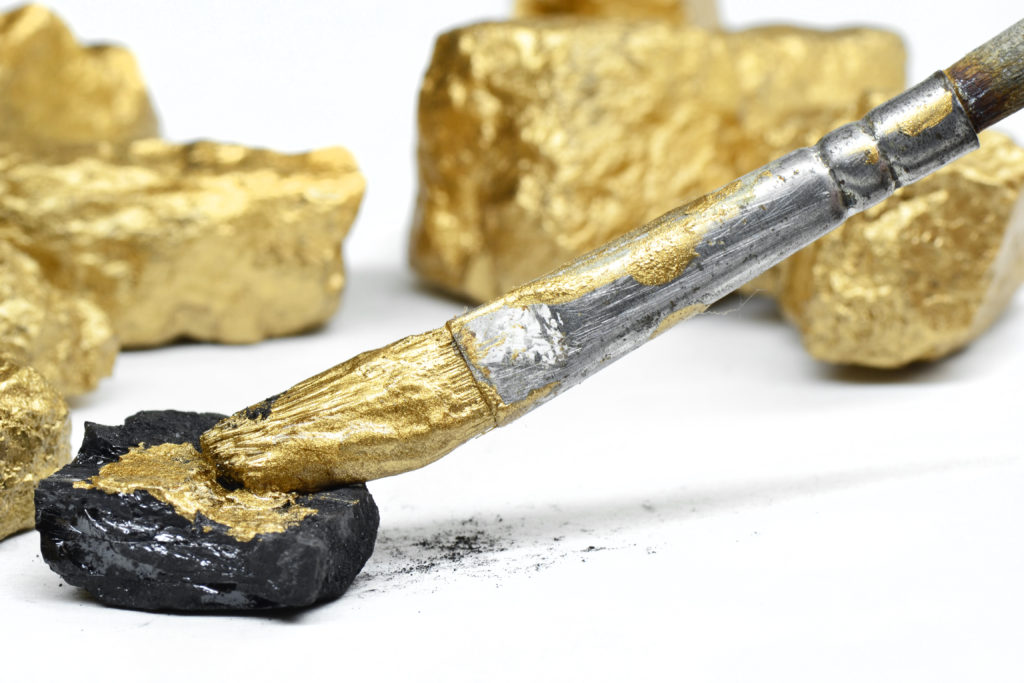
Since JP Morgan operates one of the largest LBMA precious metals vaults in London, there is also a JP Morgan representative in the LBMA Vault Managers Working Group, however the members of this group are not publicized (since unlike paper gold which doesn’t exist, vaults hold real physical gold which is a high security risk).
The LBMA also runs a few other working groups, one of which is the deliciously titled “LBMA Financial Crime Working Group.” Presumably JP Morgan is not in this group, but there again, perhaps they actually run it, and use the forum to share their practical experience, such as precious metals trade spoofing and fraud, with the rest of the members.
But the icing on the cake has to be that on the day when the US DoJ unsealed its indictment against JP Morgan’s global precious metals desk head Michael Nowak on 16 September 2019, Nowak was still a board member of the LBMA. See BullionStar article “LBMA Board Member & JP Morgan Managing Director Charged with Rigging Precious Metals” from 17 September 2019.
You can’t make this up. Then a few days after the DoJ’s 16 September 2019 announcement, the LBMA was no longer able to keep its head buried in the sand and was forced to remove Nowak from the LBMA Board. See BullionStar article “LBMA Removes JP Morgan’s Michael Nowak from the LBMA Board” from 20 September 2019.
So why is a bank whose precious metals traders manipulated prices for over 8 years, and in the words of the US DoJ, defrauded customers through “thousands of instances of unlawful trades” that “openly disregarded U.S. laws that serve to protect against illegal activity in the marketplace” still allowed to be a member of the LBMA and to practically dominate the London precious metals markets?
Everything that JP Morgan’s precious metals traders did from 2008 to 2016 while manipulating the prices of gold and silver and platinum and palladium is in breach of the principles of the Financial Services Authority handbook such as Principle 1 (Integrity), Principle 2 (Due skill, Care and Diligence), Principle 5 (Market Conduct), as well as in breach of the LBMA code of conduct in the form of the Bullion Market annex of the Non-Investment Products (NIPs) code which the LBMA was involved in drawing up, and which was in force before it was replaced by the LBMA Global Precious Metals Code in 2017. A copy of the NIPs code can be seen here – the-non-investment-products-code.
In essence, Why have the LBMA and the LPPM not kicked JP Morgan out of their associations? Has the LBMA no moral compass or ethics? Additionally, why does the Bank of England observer on the LBMA Board, Andrew Grice, not call for JP Morgan to be immediately ejected from the London Bullion Market Association (LBMA) and the London Platinum and Palladium Market (LPPM) and permanently banned from trading, clearing and vaulting gold, silver, platinum and palladium in London?
Perhaps it has something to do with the fact that, through Morgan Guaranty Trust Company of New York, JP Morgan was one of the 6 founding members of the London Bullion Market Association (LBMA) in November 1987.
If you look at the 1987 Memorandum of Association of the LBMA, you will even see that it is signed by Guy Field of JP Morgan, who was at the time global head of the JP Morgan bullion department, and who became the founding vice chairman of the LBMA. See also BullionStar article here about the LBMA’s founding.
So is the LBMA merely a cartel front for JP Morgan and its fellow bullion banks to control the global precious metals markets with JP Morgan pulling the strings?
Singapore – JP Morgan and the SBMA
Speaking of the founding members of bullion market associations, most people do not realize that the tentacles of the JP Morgan octopus stretch even to Singapore, where, the Singapore Bullion Market Association (SBMA) was … wait for it… co-founded by JP Morgan in 1993. I kid you not.
Specifically, the Singapore Bullion Market Association (SBMA) was founded by Tim Gardiner of JP Morgan and Kerr Cruikshank of the World Gold Council (aka the World Paper Gold Council).
Tim Gardiner of JP Morgan was even the founding chairman of the SBMA. Here’s a video of Tim Gardiner actually confirming these facts.
Current SBMA CEO, Albert Cheng also confirms these facts in a SBMA article from 5 June 2019 where he says:
“In 1993, the Singapore government announced the implementation of the Goods & Services Tax (GST) scheme to all business transactions. In response, JP Morgan and the World Gold Council felt it was necessary to form an industry forum of bullion market participants to lobby the government for concessions for gold trading businesses dealing in physical transactions, hence the birth of SBMA.”
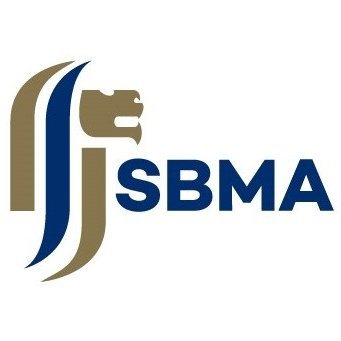
Albert Cheng knows all of this because he was there on the ground at that time in Singapore as the initial honorary secretary of the SBMA at its inception in 1993, while also being the Singapore based regional manager of the World Gold Council. It’s a big club and you ain’t in it!
Fast forward to more recent times, and in March 2018, Gordon Cheung, who was previously a managing director of Bear Sterns and an executive director of JP Morgan, was appointed as deputy director of the SBMA.
Right now, JP Morgan representatives are also on the SBMA management committee. A JP Morgan South East Asia (SEA) Ltd managing director, Amar Singh, is currently a member of the SBMA’s management committee . Prior to Singh, Stephen Jani, a managing director of JP Morgan Global Commodities, was the JP Morgan member of the SBMA management committee from 2017 to 2019.
And prior to Jani, the JP Morgan representative on the SBMA management committee was Harshika Patel, another managing Director of JP Morgan Global Commodities. Patel was also on the SBMA’s Public Affairs Committee (PAC) at that time.
Currently, JP Morgan SEA Ltd is also on the SBMA Good Delivery List committee.
In fact, JP Morgan is in the most prestigious membership category of the SBMA, namely a Category 1 member. Apart from JP Morgan, only one other bank, ICBC Standard Singapore branch, is a category 1 member of the SBMA. Not surprisingly the World Gold Council (the other co-founder of the SBMA) got a free pass to also be defined as a category 1 member of the SBMA.
To qualify as Category 1 bank members of the SBMA –
“Category 1 Members which are banks and financial institutions must satisfy the “Fit and Proper” criteria specified in the MAS “Guidelines on Fit and Proper Criteria” (FSG-G01) as may be amended from time to time and have a track record in the bullion industry for a period of at least 3 years. “
MAS is the Monetary Authority of Singapore. So what are the MAS Fit and Proper criteria for banks?
According to the MAS document titled “Guidelines on Fit and Proper Criteria” which apply to ‘Relevant Persons’ (i.e. all financial entities including banks):
“2. MAS expects a relevant person to be competent, honest, to have integrity and to be of sound financial standing….This also underpins our requirements that the relevant person performs the activities regulated under the relevant legislation efficiently, honestly, fairly and acts in the best interests of its or his stakeholders and customers.”
“8 The criteria for considering whether a relevant person is fit and proper include but are not limited to the following:
(a) honesty, integrity and reputation;
(b) competence and capability; (c) financial soundness”
“13 Honesty, Integrity and Reputation
The factors set out in the following paragraphs are relevant to the assessment of the honesty, integrity and reputation of a relevant person. The factors include but are not limited to whether the relevant person:
(c) has been censured, disciplined, suspended or refused membership or registration by MAS or any other regulatory authority, an operator of a market, trade repository or clearing facility, any professional body or government agency, whether in Singapore or elsewhere;
(e) has been the subject of any proceedings of a disciplinary or criminal nature or has been notified of any potential proceedings or of any investigation which might lead to those proceedings, under any law in any jurisdiction;
(g) has had any judgment (in particular, that associated with a finding of fraud, misrepresentation or dishonesty) entered against the relevant person in any civil proceedings or is a party to any pending proceedings which may lead to such a judgment, under any law in any jurisdiction;
(h) has accepted civil liability for fraud or misrepresentation under any law in any jurisdiction;
Based on it’s own criteria of “Fit and Proper”, JP Morgan fails all of these tests, where “for nearly a decade” between March 2008 and August 2016, as the US Department of Justice stated, ”a significant number of JP Morgan traders and sales personnel” from “JPMorgan’s precious metals desk located in New York, London, and Singapore” engaged in “racketeering activity” through a “criminal enterprise”, and engaged in “widespread spoofing, market manipulation and fraud” and engaged in “a scheme to defraud in connection with the purchase and sale of gold, silver, platinum, and palladium futures contracts (collectively, precious metals futures contracts) that traded on the COMEX and NYMEX.”
So why has Singapore’s MAS not acted against JP Morgan? And why does the Singapore Bullion Market Association (SBMA), knowing that JP Morgan rigged precious metals prices and conducted fraud for over 8 years while paying $920 million in a deferred prosecuted agreement with the US DoJ and the US CFTC, still allow JP Morgan to be a member of the SBMA, let alone still allow JP Morgan representatives on to the SBMA Management Committee? Enquiring minds would like to know.
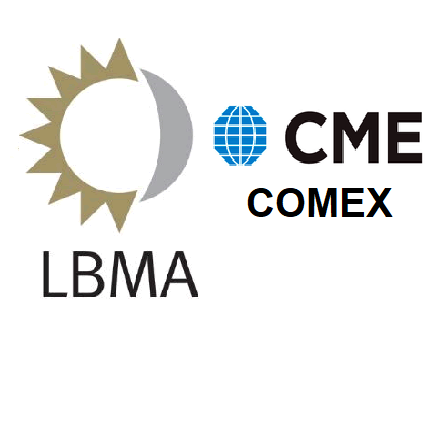
USA – JP Morgan and COMEX
Finally, let’s go back to the commodity futures exchanges on which the criminal activities of JP Morgan have been proven to have taken place – the Commodity Exchange (COMEX) and the New York Mercantile Exchange (NYMEX). Surely the owners and governors of COMEX and NYMEX have kicked out JP Morgan from continuing to operate on their exchanges?
Wrong!
Despite during 2020 admitting criminal wrongdoing and paying a criminal monetary penalty of US $ 920 million to the DoJ and CFTC for engaging “in a scheme to defraud in connection with the purchase and sale of gold, silver, platinum, and palladium futures contracts (collectively, precious metals futures contracts) that traded on the New York Mercantile Exchange Inc. (NYMEX) and Commodity Exchange Inc. (COMEX), which are commodities exchanges operated by the CME Group, Inc”, JP Morgan is still one of the largest traders of COMEX precious metals futures contracts.

This can be seen from the fact that through it’s house and street accounts, JP Morgan is one of the most active issuers and receivers of COMEX precious metals warrants on the COMEX each month.
JP Morgan is also a COMEX approved depository (vault storage provider) for the storage of gold, silver, platinum and palladium used in the settlement of COMEX futures contracts.
Not only that, but the JP Morgan vault in New York holds the largest amounts of gold, silver, platinum and palladium listed on the COMEX inventory reports, compared to any other COMEX approved vault.
JP Morgan’s COMEX vault is located in the 5th basement level (basement B5) under 1 Chase Manhattan Plaza (across the street from the New York Federal Reserve’s gold vault at 33 Liberty Street). As explained in March 2013.
Through JP Morgan Securities LLC, JP Morgan is also one of the largest clearing firms of COMEX and NYMEX and an authorized clearing member of COMEX and NYMEX.
In addition, JP Morgan (along with Citibank) together hold 90% of all gold and other precious metals derivatives held by all US banks. See here for discussion.
Why has the COMEX Board of Governors not disciplined and expelled JP Morgan from any and all involvement in COMEX, let alone allowing JP Morgan to continue to be one of the largest traders and clearers on COMEX and the largest approved vault operator of a COMEX vault?
After all, there is an entire section in the By-Laws of COMEX covering Disciplinary proceedings, specifically Article 8. See here.
Also, why did the CME “Market Surveillance” team, which is “responsible for protecting the economic functioning of exchange markets by ensuring the markets are free from manipulation” by “detecting, deterring, and preventing market manipulation”, never pick up on JP Morgan’s 8 years of criminal manipulation of COMEX gold, silver, platinum and palladium futures prices?
Now that the US Department of Justice has done so, why has CME Group (owner of the COMEX and NYMEX) not prohibited JP Morgan from operating on the COMEX and NYMEX given that JP Morgan broke all the rules in its criminal manipulation of gold and silver and platinum and palladium futures contracts on COMEX and NYMEX over an 8 year period?
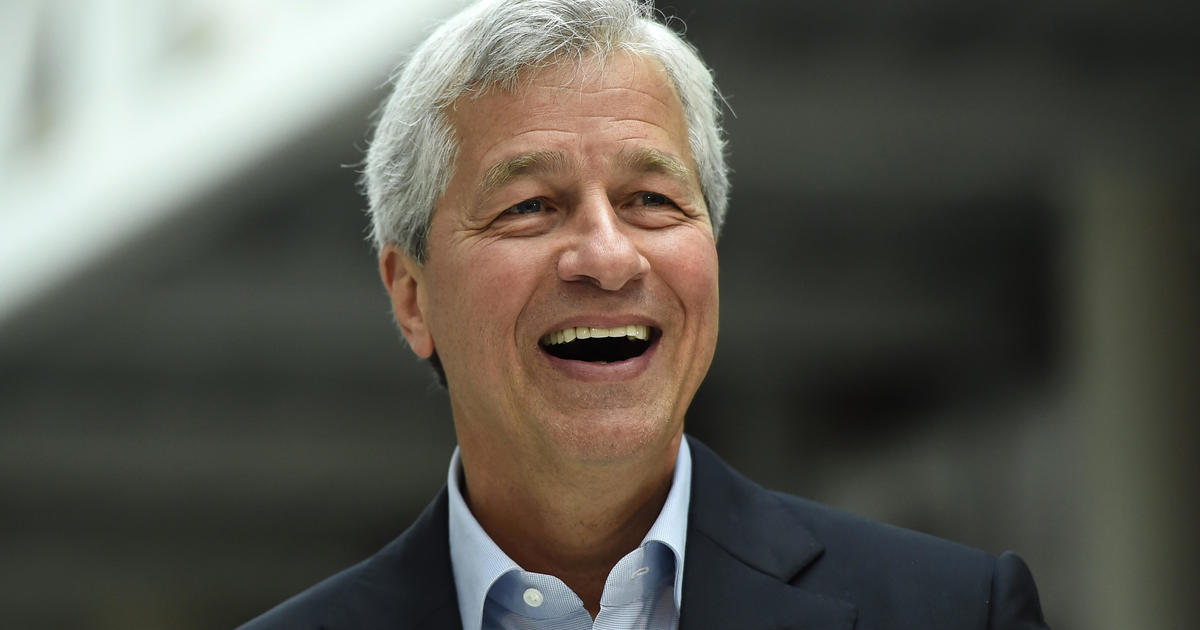
CONCLUSION
This article has drawn together the various pieces of the investigation into JP Morgan’s precious metals manipulation in New York and London and Singapore, and the prosecutions and deferred prosecutions so far, as well as the ongoing trial of Nowak & Co, so as to then show that JP Morgan is still not only active in the precious metals markets in these financial centers, but actually still at the heart of the LBMA and the SBMA and the COMEX, where in all 3 cases it is welcomed with open arms.
The latest revelations from the current Chicago federal trial of Michael Nowak, Gregg Smith and Jeffery Ruffo are startling. According to Smith’s colleague at JP Morgan, Christian Trunz, who gave evidence to the jury on 19 July 2022,
“Gregg Smith clicked his computer mouse so rapidly to place and cancel bogus gold and silver orders for Bear Stearns Cos. and later JPMorgan Chase & Co. that his colleagues would joke that he needed to put ice on his fingers to cool them down afterward, or that he must be double-jointed.”
Since JP Morgan’s global precious metals trading desk spans the 3 locations of New York, London, and Singapore, it’s reasonable to assume that it employs a follow the sun model, in which case the trade book of the desk would be carried around the clock between the 3 locations. If that is the case, the trading teams in London and Singapore would know the trades of JP Morgan’s New York traders. So this begs the question, what are the UK’s Financial Conduct Authority (FCA) and Singapore’s Monetary Authority (MAS) going to do if or when Nowak, Smith, Ruffo and Jordan are found guilty? Open up investigations of their own into the London and Singapore arms of JP Morgan’s global precious metals trading desk?
And how will the LBMA, SBMA and COMEX react if or when the next batch of JP Morgan precious metals traders are found guilty? Will it continue to be business as usual? The answer unfortunately is probably yes.
Popular Blog Posts by Ronan Manly
 How Many Silver Bars Are in the LBMA's London Vaults?
How Many Silver Bars Are in the LBMA's London Vaults?
 ECB Gold Stored in 5 Locations, Won't Disclose Gold Bar List
ECB Gold Stored in 5 Locations, Won't Disclose Gold Bar List
 German Government Escalates War On Gold
German Government Escalates War On Gold
 Polish Central Bank Airlifts 8,000 Gold Bars From London
Polish Central Bank Airlifts 8,000 Gold Bars From London
 Quantum Leap as ABN AMRO Questions Gold Price Discovery
Quantum Leap as ABN AMRO Questions Gold Price Discovery
 How Militaries Use Gold Coins as Emergency Money
How Militaries Use Gold Coins as Emergency Money
 JP Morgan's Nowak Charged With Rigging Precious Metals
JP Morgan's Nowak Charged With Rigging Precious Metals
 Hungary Announces 10-Fold Jump in Gold Reserves
Hungary Announces 10-Fold Jump in Gold Reserves
 Planned in Advance by Central Banks: a 2020 System Reset
Planned in Advance by Central Banks: a 2020 System Reset
 China’s Golden Gateway: How the SGE’s Hong Kong Vault will shake up global gold markets
China’s Golden Gateway: How the SGE’s Hong Kong Vault will shake up global gold markets






 Ronan Manly
Ronan Manly 0 Comments
0 Comments










